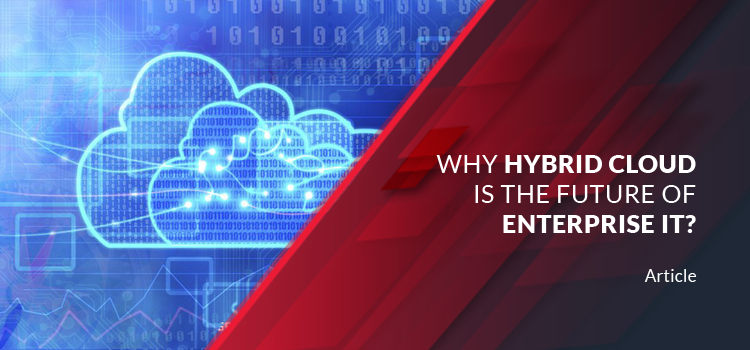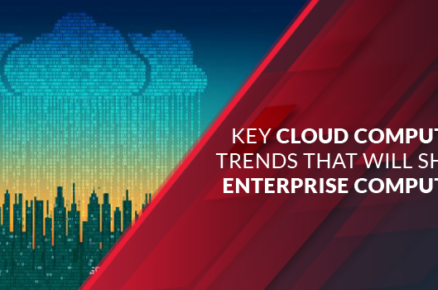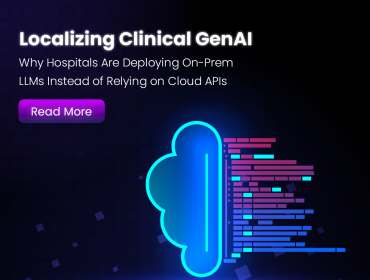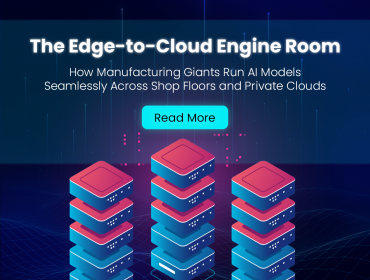Today, CIOs and CTOs are constantly on the lookout for ways to dive into the world of hybrid cloud and employ it as a strategy to accomplish their organization’s goals. However, before trying to use the hybrid cloud strategy to one’s advantage, it is imperative to understand that hybrid cloud is not a single commodity or location.
Hybrid cloud models are an alternative cloud computing deployment model that involve a mix of public and private cloud environments. A hybrid cloud environment not only allows users to choose the appropriate workload for the appropriate environment, but also allows them to shift workloads with the evolving needs of an organization.
Why does the Hybrid Cloud Appeal to Tech Leaders?
- Moveable workload on cloud services allows an organization’s IT team to support business-related experimentation, for which the primary requisite is a rapid timeline.
- It also enables IT to support business endeavors that start out in the absence of IT involvement.
- Agility and speed – hybrid cloud allows the kind of flexibility that, in turn, allows both the business and its IT team to remain agile.
- According to a recent study by UBS Evidence Lab, 60% of IT administrators and CIOs agreed that hybrid solutions make the most sense moving forward
- According to a recent Synergy report, the spend on private and hybrid cloud services is growing at 45 percent growth per year
What are the practical benefits of adopting a hybrid cloud strategy?
There are a number of practical benefits that shouldn’t be overlooked by business and IT leaders who are considering hybrid cloud as the next step.
First and foremost, flexibility and versatility are both top of that list. Adopting a hybrid cloud strategy allows for the optimal placement of workloads, applications and IT services depending on your specific criteria. For example, deploying an application that requires greater accessibility, or would benefit from high-intensity computing power on an ad-hoc or elastic basis is best placed on a public cloud platform. Alternatively, an application that requires close proximity to another back-office application that handles sensitive data may be better placed within the realms of an organisation’s private estate for the purpose of both performance, security and potentially regulatory compliance.
Optimal placement of workloads, applications and services can result in greater cost efficiency by essentially deploying computing resources in the most cost-effective domain. Managing capacity becomes a more simplified process, as the need to maintain a sizable capacity overhead on premise (thus unutilised capacity) is significantly reduced with the added benefit of computing resources being readily available, on demand, by leveraging public cloud.
From cloud-first, mobility-first, automation-first to AI-first, we are living in an era of rapid technology acceleration – and it will only continue this way. Hybrid-cloud solutions are uniquely suited to provide the benefits of containers and public clouds (flexible and fast) with private cloud (secure and self-managed) without the need for massive capital expenditure. This is particularly valuable for dynamic workloads that experience transient data across multiple environments and security boundaries while meeting the goals of tight coupling of IT and business teams to provide greater visibility and alignment through the hybrid-cloud strategy. It is an absolute must to validate the various capabilities panning enhanced security, data related norms, performance, flexibility, and costs – all with a view to being customizable for future needs while embarking on this journey.
The adoption of disruptive technology is advancing in this era of cloud computing. It is clear that companies are unlocking new sources of productivity, collaboration, flexibility, and performance improvement.
Tyrone being one of the prominent future forward solution providers in the cloud space in India in collaboration with Intel® has come up with “HPC as a Service” model to unlock enterprises new sources mentioned above. Find out more: https://tyronesystems.com/edra_overview.html










